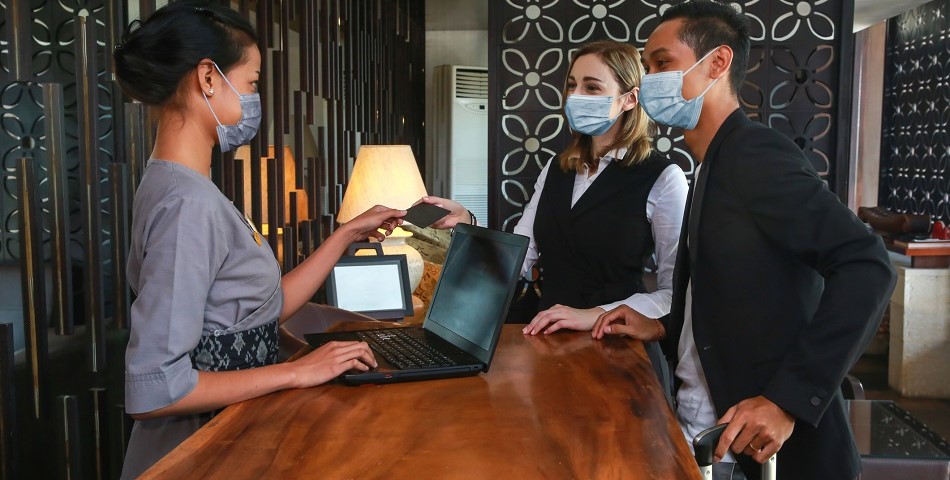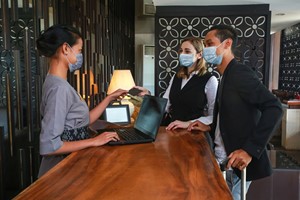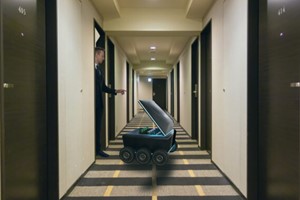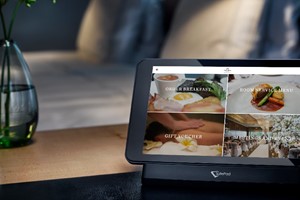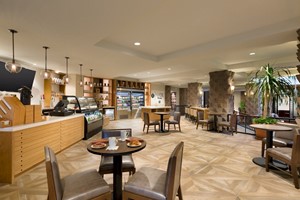The hospitality industry is no stranger to turbulent times and global crises. As one of the world’s oldest business models, the industry has been through World Wars, epidemics, Gulf tensions, recessions and now the COVID-19 pandemic. While the whole world is talking about the unprecedented nature of this crisis and how there is a need for a new normal in the hospitality industry, we at Frost & Sullivan are taking a step back and analyzing the situation to look at the bigger picture. Yes, things are bleak at the moment.
The global hospitality market has hit rock bottom, and the once-growing beacon of hope, the GCC hospitality market, has seemingly lost its brightness. In the pre-COVID period, the growth in the tourism and travel sector in the Gulf region was about 10% during the past five years and would have reached USD 110 billion in 2020. Instead, as per recent estimates, the GCC hospitality and tourism market has lost nearly USD 20 billion in the first half of 2020. Currently, there are more than 10 different vaccine and drug trials underway across the world with collaborations spanning across continents.
The end of 2020 is expected to be a turning point with more than five vaccines expected to complete their trials and move to the mass-production stage. Frost & Sullivan believes that this crisis is a prolonged pause for the hospitality sector, rather than a full stop, and that the success lies in short-term adaptation and long-term resilience. For the short-term adaptations, there is a need for a leaner yet omnipresent hospitality model. The GCC has always been considered the peak of opulence in the global hospitality industry.
It has always had larger-than-standard room sizes, longer-than-usual buffet tables and more-attentive staff, setting the GCC hospitality and hotel industry apart. However, the need of the hour is to be leaner yet omnipresent through strategic invisibility. While buffets become a thing of the past, at least for the near future, guests will still need their free breakfast in the morning with the eggs cooked three ways and juice without pulp. While guest arrivals will be subject to travel restrictions lifting, they will still need their smoking rooms facing the pool or the garden with laundry service every morning.
While guests will manage their personal hygiene with sanitizers and PPE, they will still need someone to turn down the bed and arrange the linen. One of the worst impacts of this pandemic has been contact anxiety, wherein people are anxious about coming in contact with new people. The oldest principles of hospitality dictate a bustling back of the house while maintaining a calm front of the house. The same has to be implemented aggressively by relegating all non-essential activities to the back of the house while maintaining a calm, cool and collected front of the house for guests.
Focus on Safety and Hygiene while Retaining the Leisure Element: Hospital or Hospitality?
All major hospitality chains, including, but not limited to, Marriott, IHG, and Hilton are boasting of hygiene and safety standards globally through million-dollar investments and partnerships with hygiene experts and disinfection players. While these are seen as pioneering elements in the current panic, one must not blur the line between hospital and hospitality by overdoing these measures.
We need to keep the leisure and relaxation paradigm while designing the hygiene elements of a hotel. While PPE is highly functional to curb the spread, I am sure no guest likes to be ushered into their suite by a person wearing it. While disinfectant sprays are necessary, guests don’t want their room to smell of bleach and IPA when they check in. While temperature checks are helpful in early detection, guests don’t want to be treated as a potential pathogen.
Technology Migration towards Technology Nativity
Like most industries in the world right now, hospitality is also on the cusp of using technology as a mainstream enabler of its operations. The guest who likes their eggs three ways and juice without pulp can order exactly what they want for breakfast using the in-house tablet app from the comfort of their rooms.
The order can then be delivered to their rooms or be served on their private and socially distant table in the restaurant. The guest who wants a smoking room facing the pool with priority laundry in the morning can customize their room and service preferences prior to arrival on a dedicated blockchain-enabled hotel portal accessible by both iOS and Android.
They can be asked to make the payment once they arrive at the lobby using a QR code, which means no exchange of card or currency. The guest who is constantly using sanitizer on hands and using PPEs can put their OOR (out of the room) time using the in-room tablet to give the housekeeping team the exact window to deep clean and sanitize the room. Assure them that the room is cleaner than before by showing a pre- and post-cleaning particle count on the tablet (connected to an air purifier). This requires a significant investment in the digital infrastructure of a property, but this pandemic has finally elucidated the point that the rewards outweigh the investment. Long-term resilience, which seems to slip the mind considering the sheer amount of short-term adaptations needed, can include:
- Renovations in a hotel, which could include any noisy work as there is no risk of guest complaints due to low occupancy.
- Re-engineering the conference and events space in hotels to comply with the social distancing rules. Even in the long term, the size and capacity for the gatherings will reduce and so will the demand as remote working and video conferencing become acceptable forms of meaningful interactions and meetings.
- Financial planning, which should be the core principle for long-term resilience. It is recommended to have an extended cash flow forecast for the next 6-12 months. It is crucial to be realistic and have scenario planning as part of the operations strategy to be prepared for cash-flow problems. Be aware of tax refunds and other financial relief measures offered by various government policies to maximize the benefits being offered.
Now let’s talk about some global best practices that deserve a mention due to their rapid response and resilience:
- Hilton CleanStay by Hilton was created in collaboration with Lysol and Dettol maker RB and Mayo Clinic. This collaboration is a smart move as Lysol, Dettol and Mayo Clinic are well trusted by consumers for hygiene maintenance in a home rather than hospital setup, thereby managing the line between hospital and hospitality hygiene efficiently.
- Marriott International has also launched its own initiative, Global Cleanliness Council, to promote even higher standards of cleanliness. This includes implementation of advanced technologies such as electrostatic sprayers with disinfectant to sanitize surfaces throughout the hotel. Marriott will also place disinfecting wipes in each room for guests’ personal use.
- Indian hospitality giant ITC Hotels has launched its signature WeAssure program geared towards assuring the health and safety of guests as well as employees. WeAssure is a holistic program that will address all facets of hotel operations.
In the aftermath of COVID-19, Frost & Sullivan anticipates a new tourism world map. Traditionally tourist-favored countries such as Italy, Spain, the UK and the US have crippled or are still crippling under the weight of the positive COVID cases, and they have different priorities.
The same is applicable to Southeast Asian countries, which have shown incredible resilience in containing the spread but lack strategic leadership and monetary resilience to sustain through extremely low demand periods. While mega events such as Expo 2020 have been pushed to next year, all eyes are on the UAE to see how it will manage the tourism sector with lower footfall than ever before.
The hospitality industry in the UAE is hopeful that this does not cause a recurrence of the infection in the country. The Middle East has the current potential to emerge as the next big destination with its known reputation of going one step further in ensuring luxury and safety. UAE, KSA, Oman and Kuwait’s limited population base has ensured better management of the COVID-19 impact compared to most countries and hence are expected to become COVID-free much faster.
This will mean being open to tourists much faster than the rest of the world and becoming the few open destinations where people are finally stepping out of their homes. Middle East hospitality players can also invest in emerging concepts such as staycations and privacy-targeted hospitality avenues for the short term. As guests step out of their homes, maybe for the first time since global lockdowns, they will still want the luxury of a hotel stay but would want limited exposure to other guests beyond their families. Desert stays and getaways can become the next big thing if properly implemented as no one in the world knows more about desert leisure than the Middle East. Eco-friendly, self-sustaining and limited maintenance stay pods can be the choice of cautious travelers.
Satvik Jaitly
Foods and Nutrition Consultant
Frost & Sullivan




